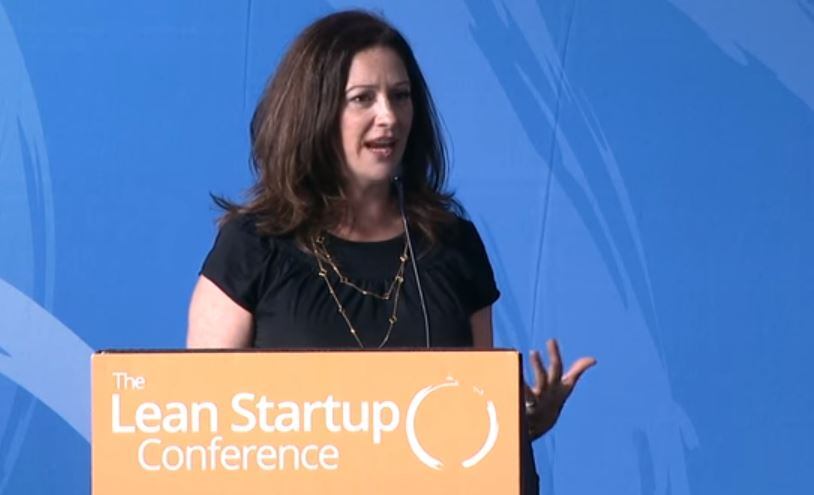The team at 18F is focused on bringing agile software development to the government but they regularly expand that way of thinking beyond coding new apps.
Last year, the team use "agile" acquisition methods to develop a pre-competed blanket purchase agreement with agile development companies. Now, they've done the same with the hiring process.
"About a year ago, we told the world 'we are hiring,'" 18F Hiring Lead Jamie Albrecht and Innovation Operations Manager Bill Rooney wrote in a Feb. 9 blog post. "Before that, 18F had never mentioned the word 'hiring' publicly."
When the three-person Talent Team put the word out, they were swamped by hundreds of applications with a broad swath of experience and expertise. The team was slogging through and making good hires, according to the blog post, but the process was hardly efficient.
"We were also using criteria that was somewhat vague," Albrecht and Rooney wrote. "Which was OK when we were smaller because it's easier to talk through assessments; but subjectivity kept creeping in, which required a lot of facilitation from our team to come to hire or no hire decisions."
The team was using Google Docs and other openly available programs to make due but the process was becoming untenable.
"Hiring is hard. Hiring as a startup is even harder. Hiring as a startup in the federal government is potentially the hardest," 18F Talent Director Jennifer Tress said during a talk at last year's Lean Startup Conference.
As time went on, the Talent Team took on more responsibilities, effectively becoming 18F's human resources department.
That was fine, Tress said, but the team wasn't doing it in a structured fashion.
"What we were doing was being agile but we weren't really being agile," she said.
To become more agile, the team incorporated basic agile methodologies into the hiring process, such as:
- Writing problem statements based on what applicants want from the process.
- Documenting assumptions and making hypotheses.
- Building minimal viable products to validate those assumptions and hypotheses through quick, two-week sprints.
- Applying research.
- Conducting interviews in organized "sprints" instead of random scheduling.
- Using collaborative, highly visible work systems.
- Prioritizing shipping usable products.
- Regularly reviewing progress, iterating and improving.
Using these methods, the team was able to build helpful new tools. Albrecht and Rooney cited five new features to help prospective 18F employees apply for a government job:
- A current list of open roles available at 18F
- A simpler application form made possible through the launch of our new applicant tracking system
- Clear, documented job descriptions that highlight role expectations rather than a list of static requirements
- An interview team that is better equipped with tools and guides to better evaluate our candidates
- The Joining 18F page, which includes comprehensive documentation of the 18F recruitment and interview steps, the GSA hiring process, and the benefits of working here.
As a result, the time to hire has gone from an average of six months to three months, with the goal of getting that down to two and a half in the near future, Tress said.
While the new process is now being used at 18F, it's still too early to tell whether it is truly effective, Albrecht and Rooney said. There will be data: the new functions include metrics that will tell the team whether new hires are actually being onboarded faster. They're also interested in building "a team that looks like the United States."
"We don't discriminate based on race, color, religion, sex — including pregnancy and gender identity — national origin, political affiliation, sexual orientation, marital status, disability, genetic information, age, membership in an employee organization, retaliation, parental status, military service or other non-merit factor," according to Albrecht and Rooney. "If you have the skills we need, that's all that matters."
Aaron Boyd is an awarding-winning journalist currently serving as editor of Federal Times — a Washington, D.C. institution covering federal workforce and contracting for more than 50 years — and Fifth Domain — a news and information hub focused on cybersecurity and cyberwar from a civilian, military and international perspective.
In Other News




